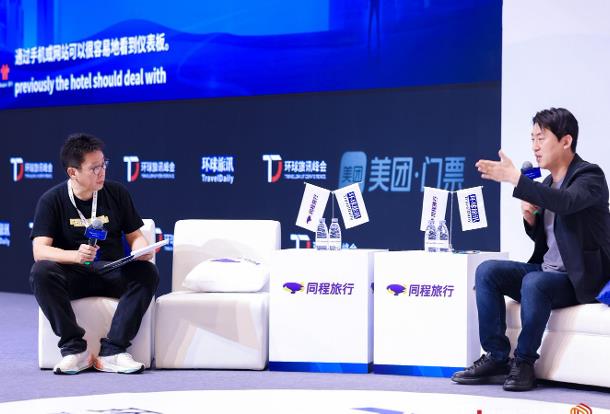In 2018, almost half (43.97%) of all global travel will be booked online. During the same period, Cruise Lines International Association (CLIA) projects that 27.2 million passengers will set sail.
A recent study by Sojern and Google revealed that 29% of cruise searches were conducted on mobile devices.
The millennial generation (i.e. people born between the early 1980s and 1990s) now represent a significant percentage of leisure travelers. As they mature, the behavior of millennial cruise shoppers will help spur more online cruise activity. CLIA research has shown that 39% of millennials say ocean cruises are the best type of vacation.
Packaging capability is a crucial requirement for cruise booking platforms, especially in specific markets such as Australia, Asia and China where packaging increases the ability to sell the cruise itself.
The key to an effective integrated online and offline process is the ability to compare prices and itineraries across multiple cruise lines to determine total value, including prices and amenities. While comparative shopping is challenging when different amenities are offered by each cruise line, it is an essential capability to drive efficiencies.
* A common platform that powers both the online consumer and offline agent process. This can include agency-unique online interfaces built against robust APIs offered by third-party providers. This is essential to capture consumer shopping behavior.
* An AI chatbot to answer basic questions. With advancements in natural language processing AI chat can understand text and voice to supplement human interaction. There needs to be a balanced approach where AI chat is combined with human advice to reduce the complexity of the search process while improving the efficiency of the travel agent.
* A business logic layer that manages content and processes for both online and the agent.
* A master database that stores the rules, and content (including cache data), that drives both the consumer and agent interfaces.
* Supplier connectivity to all the major cruise lines allowing comparative shopping across cruise suppliers that is normalized across ships and cruise lines.
* Offline cruise content such as schedules, itineraries, pricing & availability cache.
Emerging technology such as Virtual Reality (VR) may help enhance the cruise vacation search, shop and buy process over the next 1-3 years. It is essential that VR be integrated with other channels (e.g. a buy button on a VR screen that takes the consumer a web page for purchase).
Click here to download The Digitization of Cruise Bookings from Odysseus Solutions.




